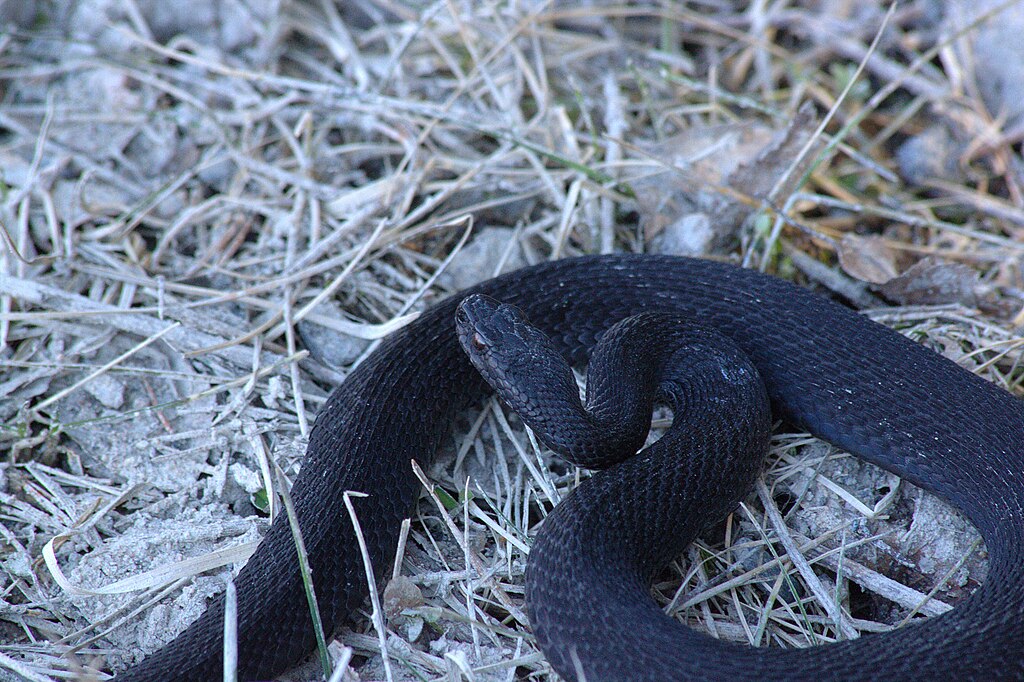The fascinating world of snake dentition represents one of nature’s most remarkable evolutionary journeys. From simple conical teeth used primarily for gripping prey to sophisticated hollow fangs that deliver lethal venom, snake teeth have undergone extraordinary adaptations over millions of years. These dental modifications have not only shaped snakes’ predatory success but have fundamentally influenced their ecological roles and evolutionary diversification. Today’s remarkable diversity of snake dental structures—ranging from the non-venomous constrictors with their rows of backward-curved teeth to the highly specialized fangs of vipers and cobras—tells a compelling story of adaptation and specialization. As we explore this evolutionary tale, we’ll discover how these oral weapons have become perfectly engineered for each snake’s hunting strategy and ecological niche.
Origins of Snake Dentition

Snake teeth evolved from the simple conical teeth found in their lizard ancestors approximately 100-150 million years ago during the Cretaceous period. Unlike mammals with their specialized teeth (incisors, canines, molars), early snakes possessed homodont dentition—rows of similar-shaped teeth designed primarily for grasping rather than chewing. These primitive teeth were attached directly to the jaw bones rather than set in sockets, a condition called pleurodont attachment that persists in modern snakes. The earliest snake ancestors likely had teeth on multiple bones in the mouth, including the maxilla, palatine, pterygoid, and dentary bones, setting the foundation for the complex dental arrangements seen in modern species. This abundance of teeth—sometimes exceeding 100 in a single snake—represented an early adaptation for securing prey that couldn’t be subdued with limbs.
Basic Structure and Attachment
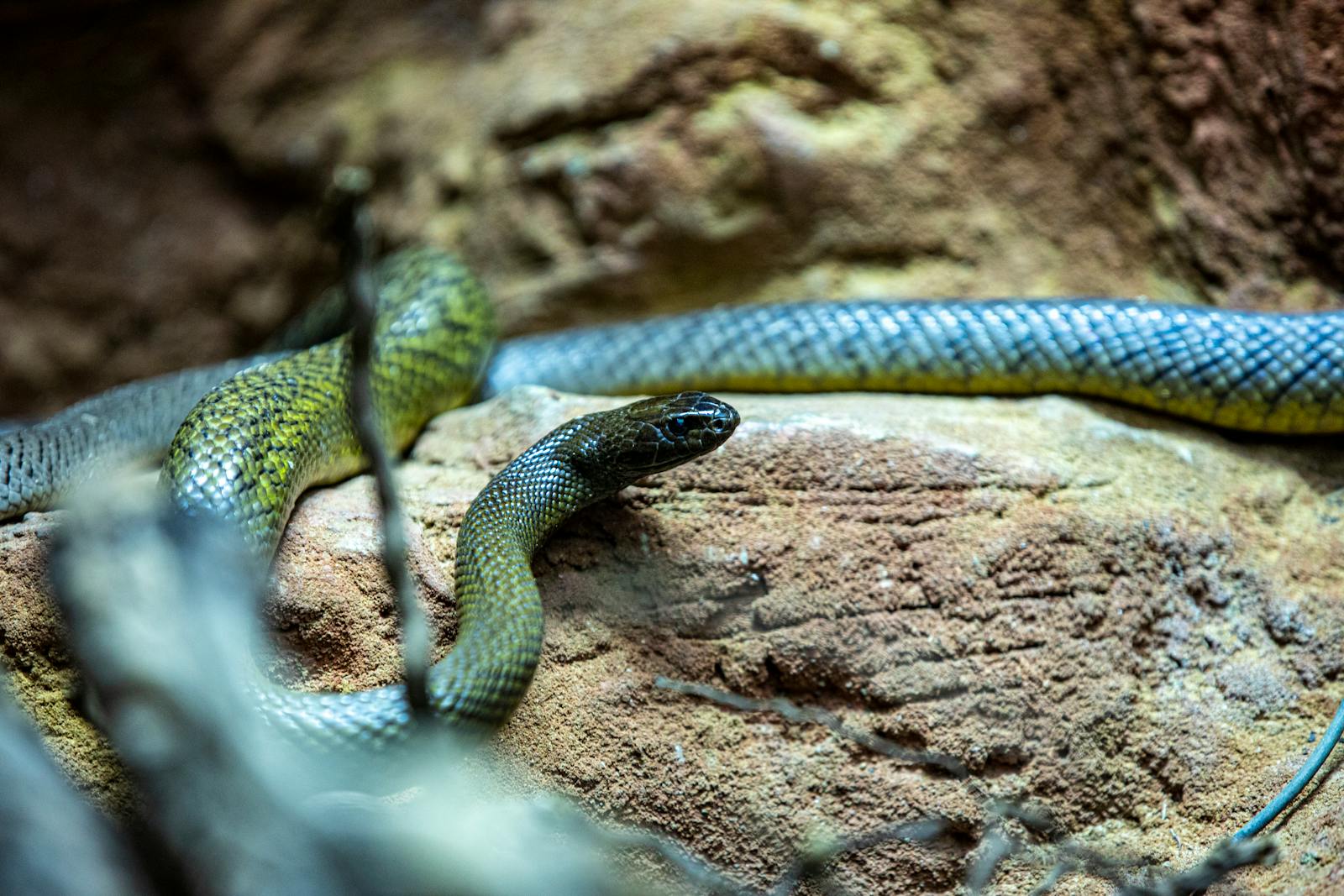
Snake teeth differ fundamentally from mammalian teeth in both structure and attachment method. Rather than having deep roots embedded in sockets (thecodont attachment), snake teeth are typically attached to the surface of the jawbone in a pleurodont arrangement, with the base of each tooth partially fused to the bone. This attachment method allows for remarkable flexibility in tooth replacement, with new teeth developing continuously throughout the snake’s life. Most snake teeth consist primarily of dentine covered by a thin layer of enamel, with a pulp cavity in the center containing blood vessels and nerves. The shape typically features a backward curve that creates a one-way system—prey can enter the mouth but cannot easily escape—a critical adaptation for animals that swallow prey whole and cannot use limbs to manipulate food.
The Tooth Replacement System
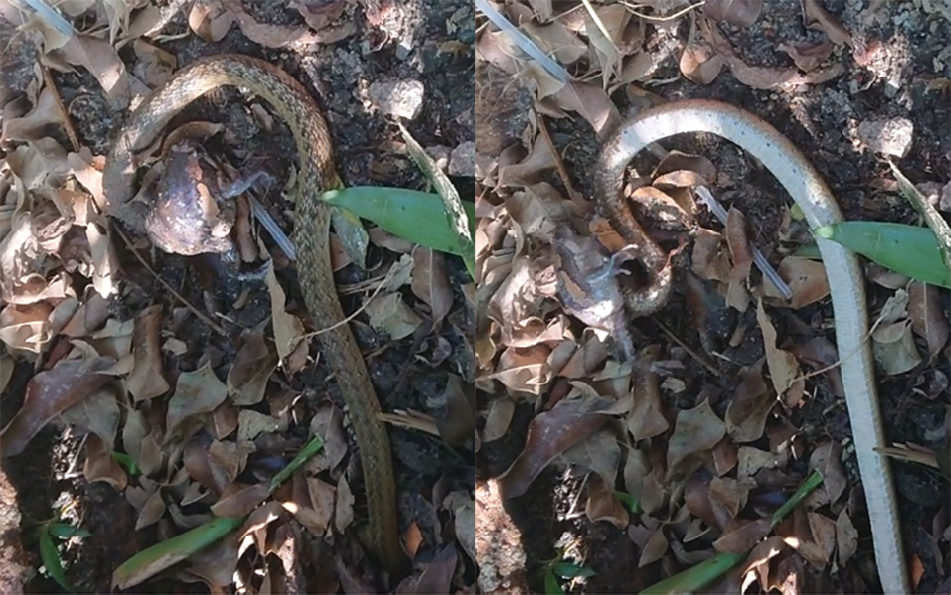
One of the most remarkable aspects of snake dentition is their continuous tooth replacement system, known as polyphyodonty. Unlike humans who get only two sets of teeth, snakes replace each tooth multiple times throughout their lives, ensuring they always have functional dentition for feeding. Replacement teeth develop in dental laminae—specialized tissue folds located medial to the functional teeth—and gradually mineralize before moving into position. This process occurs in waves or series, with alternating teeth being replaced so the snake never loses all teeth in a section simultaneously. Typically, a replacement tooth lies in wait behind each functional tooth, ready to take its place when the older tooth is shed during feeding or through natural wear. This continuous replacement system ensures snakes remain effective predators even as teeth are frequently lost during struggles with prey or when forcing large food items down their throats.
Non-Venomous Snake Dentition
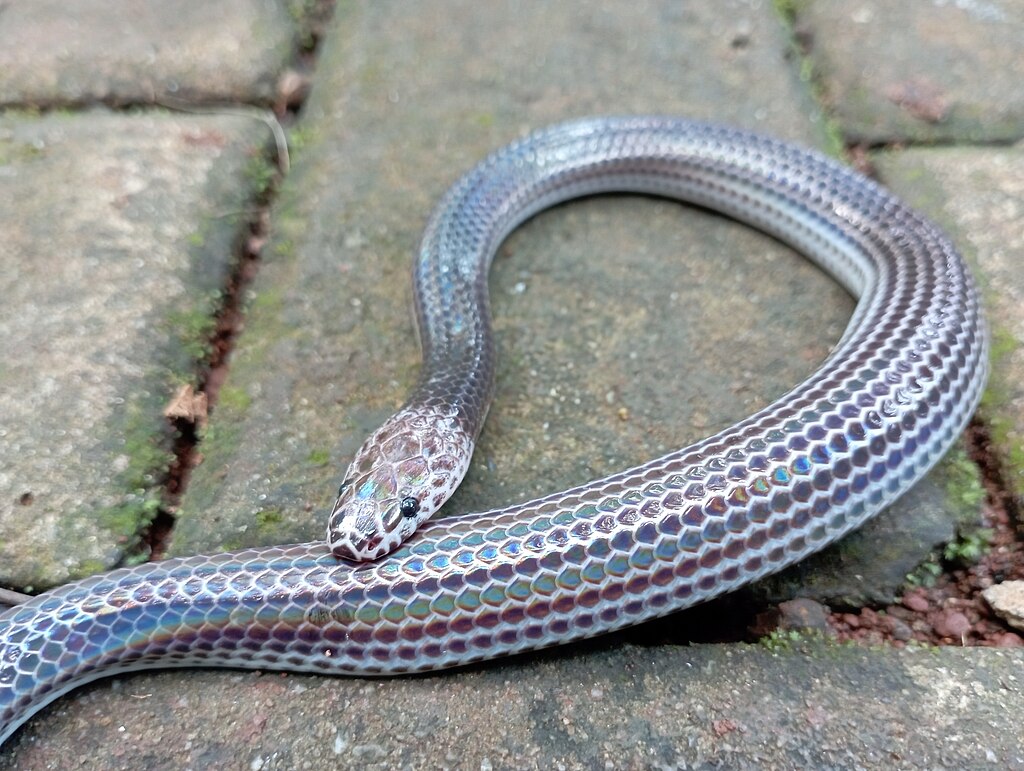
Non-venomous snakes like pythons, boas, and colubrids typically possess multiple rows of relatively uniform, backward-pointing teeth designed primarily for gripping prey rather than killing it. These teeth are arranged on the maxillary, palatine, pterygoid, and dentary bones, creating a formidable gripping surface that prevents prey escape. The recurved shape is particularly important for these snakes, as they typically immobilize prey through constriction rather than venom and need secure dental anchoring during the constriction process. Some specialized non-venomous snakes have developed unique dental adaptations, such as the egg-eating snakes (Dasypeltis) which have minimal dentition to avoid puncturing eggs but possess vertebral projections that crack eggshells inside the throat. The teeth of fish-eating species like water snakes (Nerodia) often feature more needle-like projections that excel at gripping slippery prey, demonstrating how non-venomous dentition can still undergo significant specialization based on diet.
Early Venom Delivery Systems
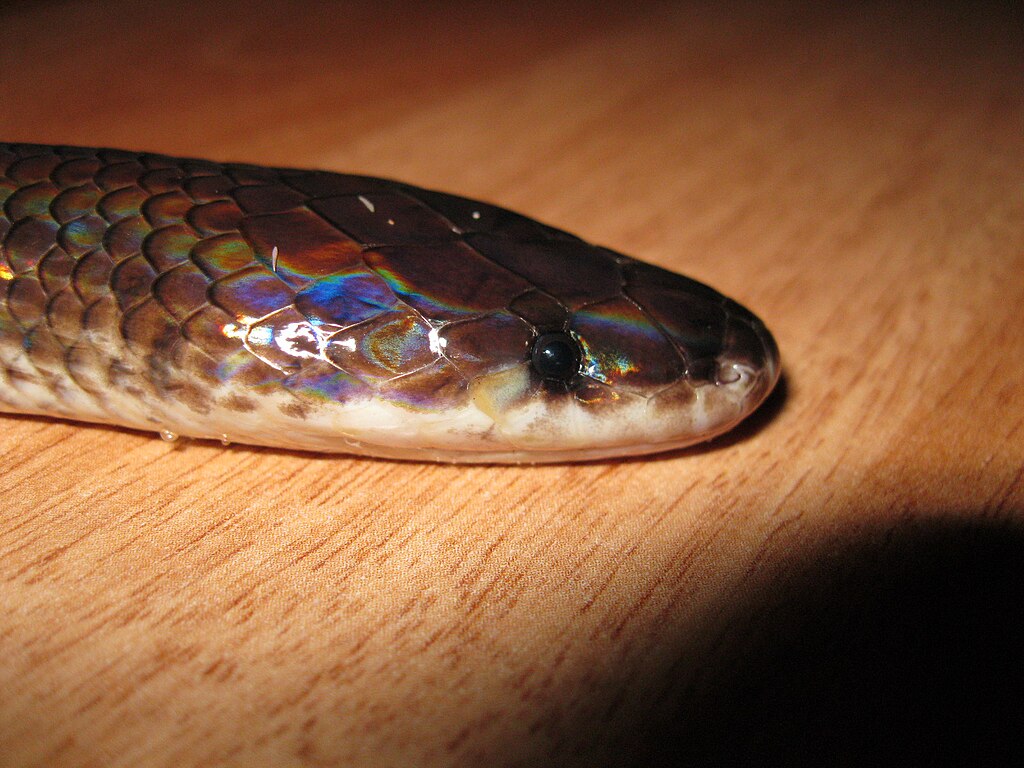
The transition from simple gripping teeth to venom-delivery fangs represents one of the most significant evolutionary innovations in snake history. Early venomous snakes began with opisthoglyphous dentition—rear-fanged systems where specialized grooved teeth at the back of the maxilla could channel rudimentary venom into prey. These early venom delivery systems were relatively inefficient, requiring the snake to chew prey to work venom into the wound rather than injecting it directly. Duvernoy’s glands, the precursors to true venom glands, developed alongside these early fangs to produce mildly toxic secretions. This rear-fanged arrangement is still seen in many “mildly venomous” species like hognose snakes and some colubrids, representing an evolutionary intermediate between non-venomous snakes and advanced front-fanged species. The opisthoglyphous condition demonstrates how natural selection gradually refined snake dentition toward more efficient venom delivery, providing advantages in prey subjugation even before the evolution of highly specialized front fangs.
The Evolution of Front Fangs
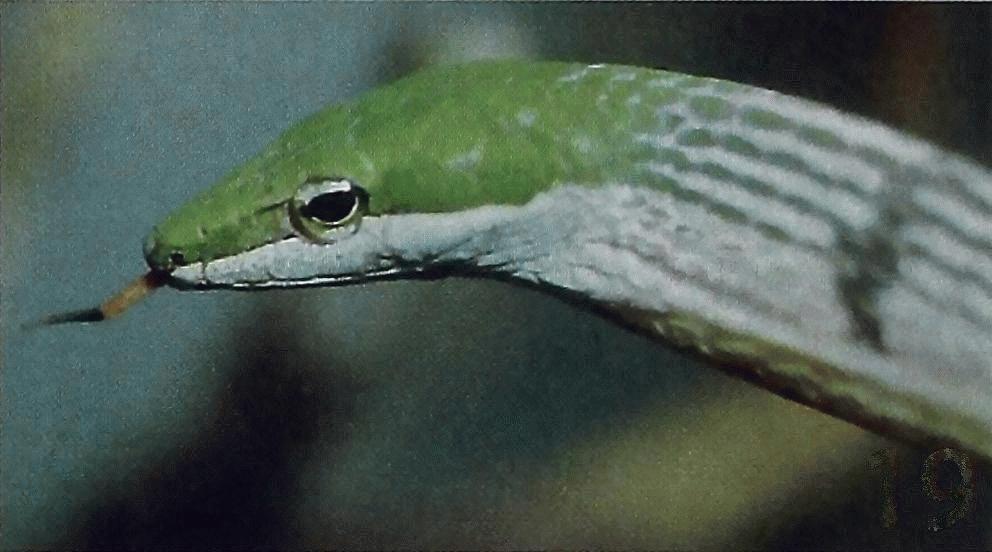
The migration of specialized venom-delivering teeth to the front of the mouth represented a revolutionary advancement in snake predation efficiency. This transition likely occurred independently multiple times in snake evolution, creating the proteroglyphous (fixed front fangs) and solenoglyphous (hinged front fangs) systems seen today. The development of front fangs allowed snakes to inject venom immediately upon striking, eliminating the need to maintain a grip on potentially dangerous prey. This innovation coincided with the evolution of more potent venoms and created a “strike-and-release” hunting strategy where snakes could envenomate prey then track it after it fled and died. Anatomically, this evolution involved not just the modification of teeth but substantial changes to skull architecture, venom gland placement, and cranial musculature to support the new feeding apparatus. The repeated independent evolution of front-fanged systems demonstrates the strong selective advantage this arrangement provides, making it one of nature’s most successful predatory adaptations.
Elapid Fang Systems
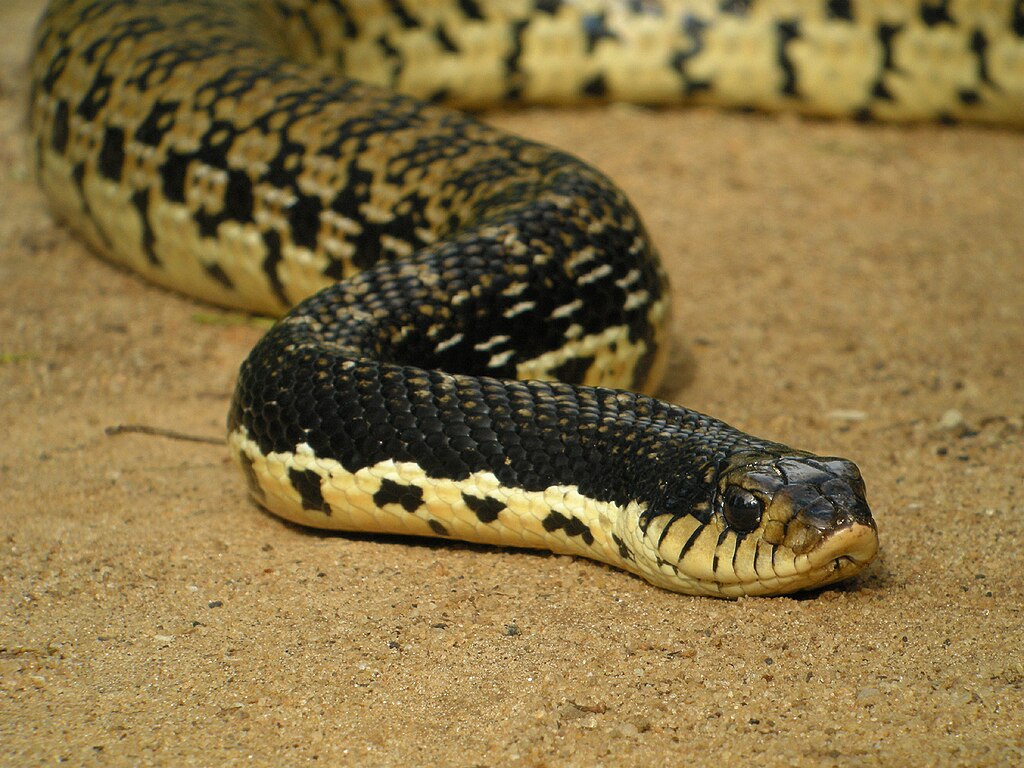
Elapids—including cobras, mambas, coral snakes, and sea snakes—evolved the proteroglyphous fang system, characterized by relatively short, permanently erect front fangs with exterior grooves or fully enclosed channels. Unlike viper fangs, elapid fangs remain in a fixed position and cannot fold back against the roof of the mouth. The venom channel in these fangs forms from an infolding of the tooth surface during development, creating either a fully enclosed canal or a deep groove that effectively channels venom. Elapid fangs typically connect to highly developed venom glands that produce neurotoxic venoms targeting the nervous system of prey. This dental arrangement proved remarkably successful, allowing elapids to diversify into numerous ecological niches across multiple continents, from the arboreal mambas of Africa to the marine-adapted sea snakes of the Indo-Pacific region.
Viper Fang Engineering

The solenoglyphous fang system of vipers (including rattlesnakes, copperheads, and true vipers) represents perhaps the most specialized dental adaptation in the reptile world. These hollow, hypodermic-like fangs can reach extraordinary lengths—sometimes exceeding half the length of the snake’s head—and fold against the roof of the mouth when not in use. The rotation mechanism involves a highly modified maxillary bone that can pivot almost 90 degrees, essentially functioning as a switchblade controlled by specialized musculature and ligaments. The hollow interior of viper fangs forms during development through a complete infolding of the tooth, creating a sealed channel that connects directly to the venom duct. At the fang tip, a discharge orifice allows for deep venom injection, while a secondary opening near the base (the entrance foramen) connects to the venom duct. This sophisticated dental engineering allows vipers to deliver precisely targeted venom doses deep into prey tissues with remarkable efficiency.
Specialized Adaptations in Snake Dentition
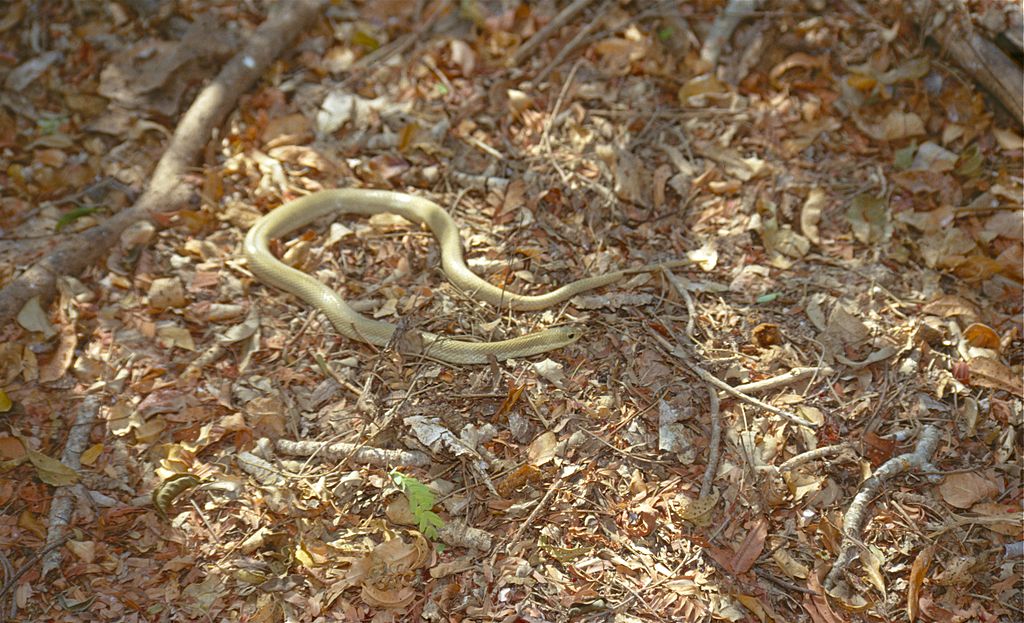
Beyond the major venom delivery systems, snake dentition exhibits remarkable specializations for specific dietary niches. The blade-like enlarged rear teeth of crab-eating water snakes (Fordonia) efficiently crush crustacean shells, while the bizarre “cork-screw” teeth of parrot snakes (Leptophis) may help secure birds and lizards. Some arboreal species possess elongated front teeth that may function to penetrate the protective feathers of birds or grasp prey on irregular surfaces like tree bark. Perhaps most specialized are the teeth of snail-eating snakes like Dipsas and Sibon, which have reduced dentition on one side of the jaw, allowing them to insert their heads into snail shells and extract the occupants. The egg-tooth—a specialized projection on hatchling snakes used to slice through eggshells during hatching—represents yet another dental adaptation, though it’s not a true tooth but a modified scale that falls off shortly after hatching.
Venom Channels and Delivery Mechanics
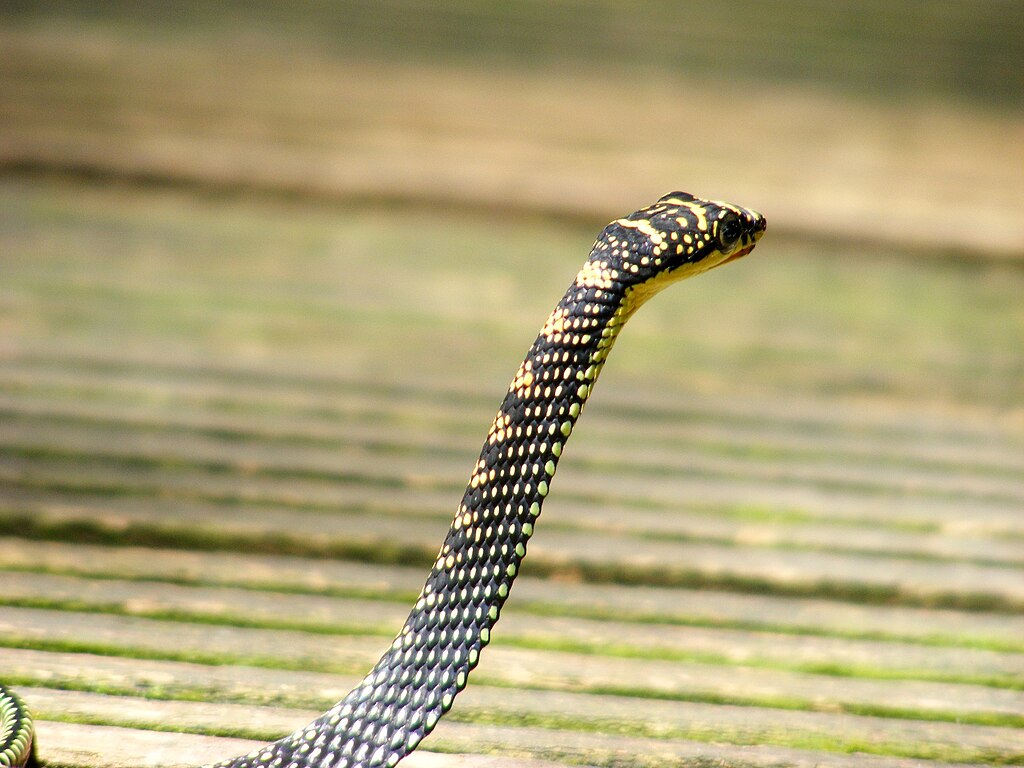
The evolution of venom channels within snake fangs represents a masterpiece of natural engineering, with three main designs observed across venomous species. The simplest form is the open groove found in rear-fanged snakes, where a channel runs along the posterior surface of specialized teeth, allowing venom to flow down but not with high pressure. More advanced is the closed proteroglyphous condition of elapids, where the groove has sealed during evolution to form a tube, though often with a visible seam running the length of the fang. Most sophisticated is the solenoglyphous design of vipers, where the channel runs through a completely enclosed tube with high-pressure delivery capabilities. The mechanics of venom injection vary accordingly, with rear-fanged snakes relying on capillary action and chewing movements, elapids using moderate pressure and repeated bites, and vipers employing a high-pressure injection system that can deliver venom deep into tissues in a fraction of a second.
Dental Variation Across Snake Families
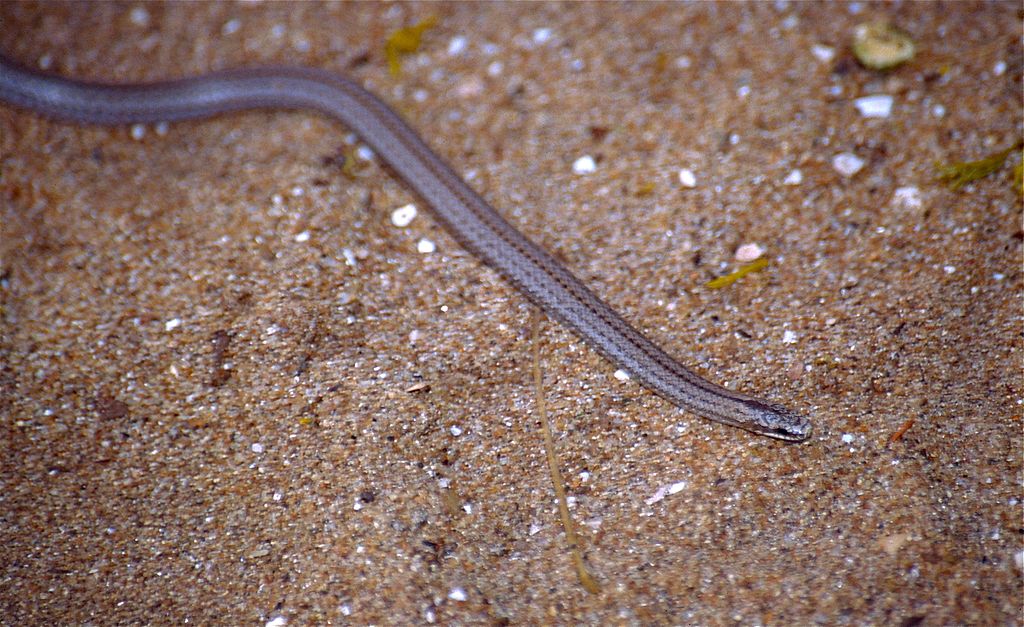
The approximately 3,900 extant snake species exhibit remarkable dental diversity reflecting their varied evolutionary histories and ecological adaptations. Pythons and boas (family Boidae) possess numerous teeth on all tooth-bearing bones, with up to 100 teeth present at once, creating a formidable gripping apparatus for their constriction-based hunting strategy. Colubrids, the largest snake family, display tremendous dental variation, from the standard homodont arrangement in rat snakes to the specialized rear fangs in boomslangs and vine snakes. Lamprophiids and pseudoxyrhophiids (mostly African and Malagasy snakes) often feature enlarged rear fangs with varying degrees of venom specialization. The most extreme dental specialization appears in Atractaspididae (stiletto snakes), which have developed unique side-stabbing fangs that can be protruded from the closed mouth—an adaptation for hunting in tight underground burrows. This diversity illustrates how dental evolution has repeatedly produced novel solutions to the challenges of prey capture across different snake lineages.
Evolutionary Pressures and Convergence
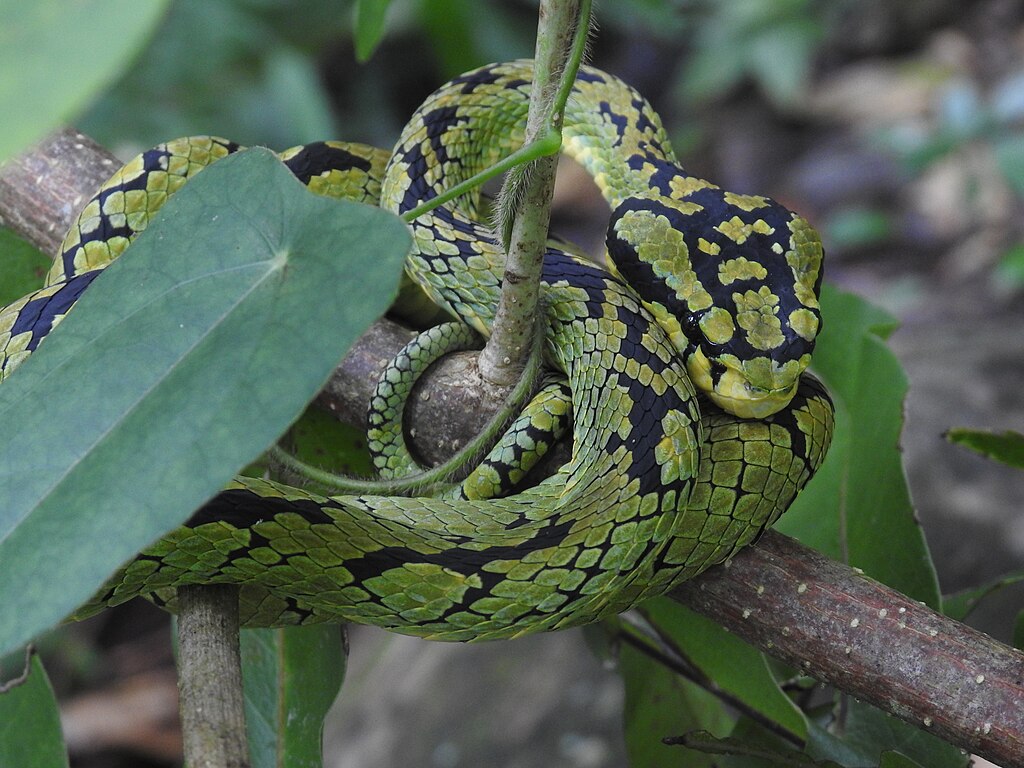
The evolution of snake dentition has been driven by powerful selective pressures related to feeding efficiency, with convergent evolution producing similar dental specializations in unrelated lineages. The front-fanged venom delivery systems evolved independently in vipers, elapids, and atractaspidids, demonstrating how natural selection repeatedly favored this efficient predatory adaptation. Similar convergence appears in egg-eating specialists, with both African Dasypeltis and Asian Elachistodon independently evolving reduced dentition for swallowing eggs whole. These convergent dental adaptations directly correlate with prey specialization—fast-acting neurotoxic venoms and slender fangs for pursuing agile prey like birds and lizards, while hemotoxic venoms and robust fangs often accompany mammal specialization. The relative size and position of teeth within a snake’s mouth often reflect prey escape potential, with species that tackle dangerous prey evolving more specialized immobilization mechanisms. These patterns of convergence highlight how similar ecological challenges consistently drive the evolution of similar dental adaptations across the snake evolutionary tree.
Future of Snake Dental Research
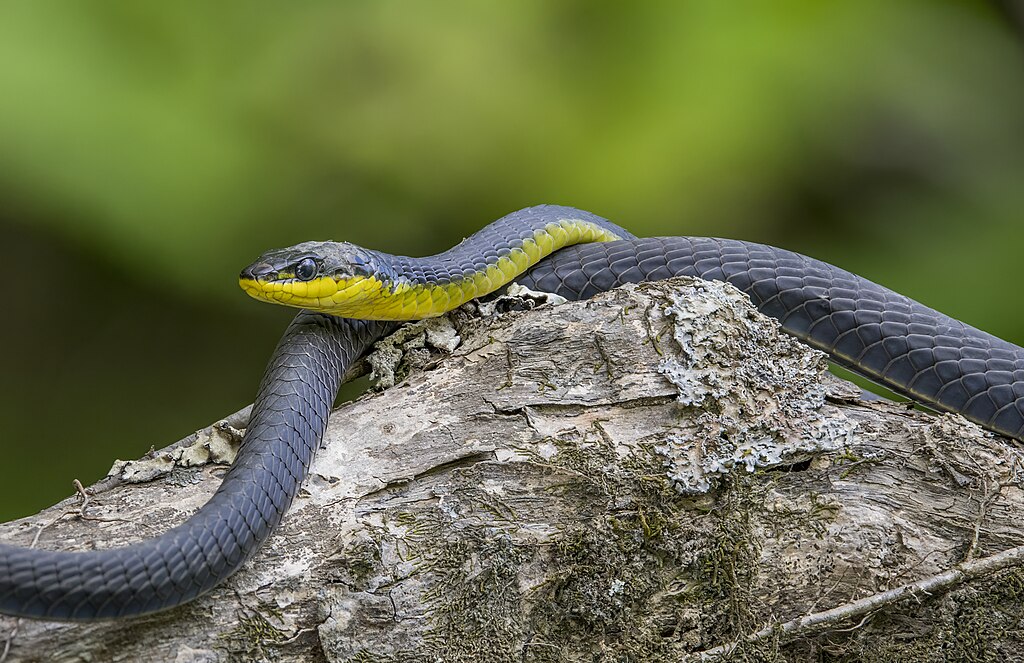
Modern research techniques are revolutionizing our understanding of snake dental evolution and function. Advanced imaging technologies like micro-CT scanning now allow scientists to examine fang canal systems and replacement tooth development in unprecedented three-dimensional detail without damaging specimens. Biomechanical studies using force sensors and high-speed video are revealing the precise functional mechanics of different fang types during prey capture and venom injection. Perhaps most exciting is research at the molecular level, where scientists are identifying the genetic mechanisms controlling tooth development and specialization in different snake lineages. Comparative genomics between venomous and non-venomous species is uncovering the genetic basis for fang evolution, while developmental studies track the embryonic origins of these specialized structures. Future research directions will likely focus on understanding how environmental pressures influence dental adaptations over evolutionary time and how climate change might affect the evolution of snake dentition in coming centuries.
Conclusion
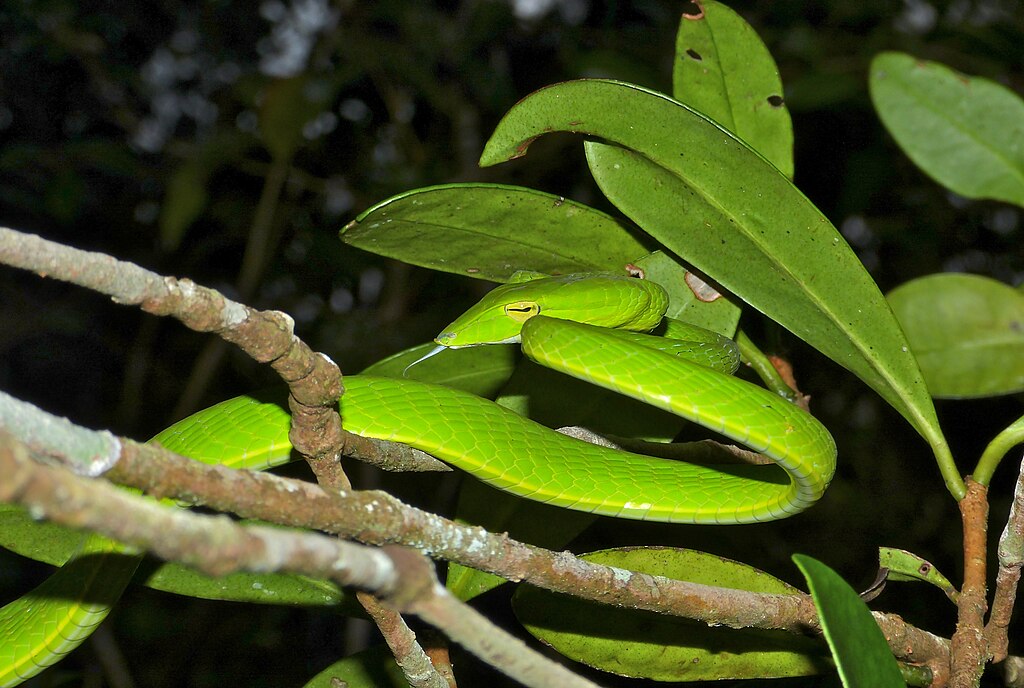
The evolutionary journey of snake teeth from simple conical structures to sophisticated hollow fangs represents one of nature’s most impressive examples of adaptive specialization. This transformation didn’t occur in a single evolutionary leap but through a series of incremental modifications over millions of years, each providing advantage in prey capture and feeding efficiency. The diversity we see today—from the numerous gripping teeth of constrictors to the precision injection systems of vipers—showcases how natural selection has crafted dental weapons perfectly suited to each snake’s ecological niche and hunting strategy. As research techniques continue to advance, our understanding of these remarkable adaptations grows ever deeper, revealing the intricate connections between form, function, and evolutionary history in snake dentition. The story of snake teeth reminds us that even the most complex biological systems arise through the patient work of natural selection, refining successful designs across geological timescales to produce the diversity of predatory adaptations we observe in modern snakes.

